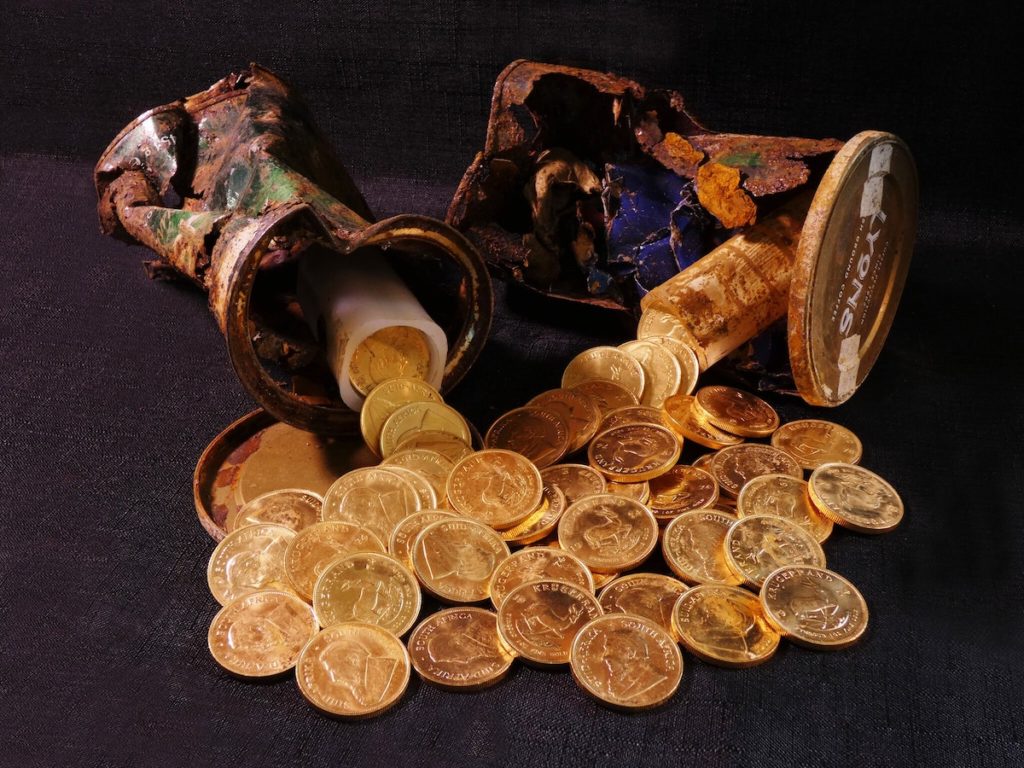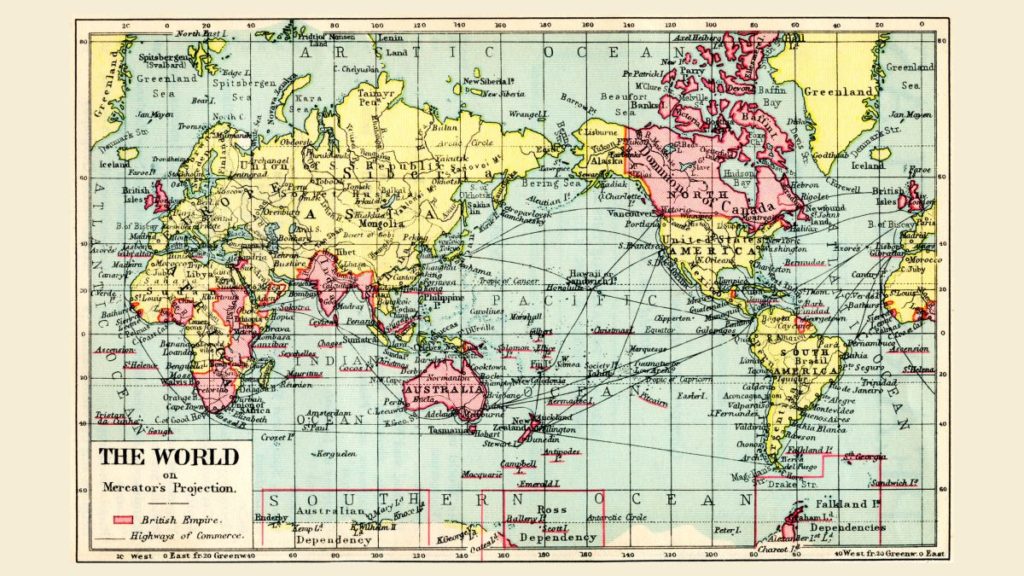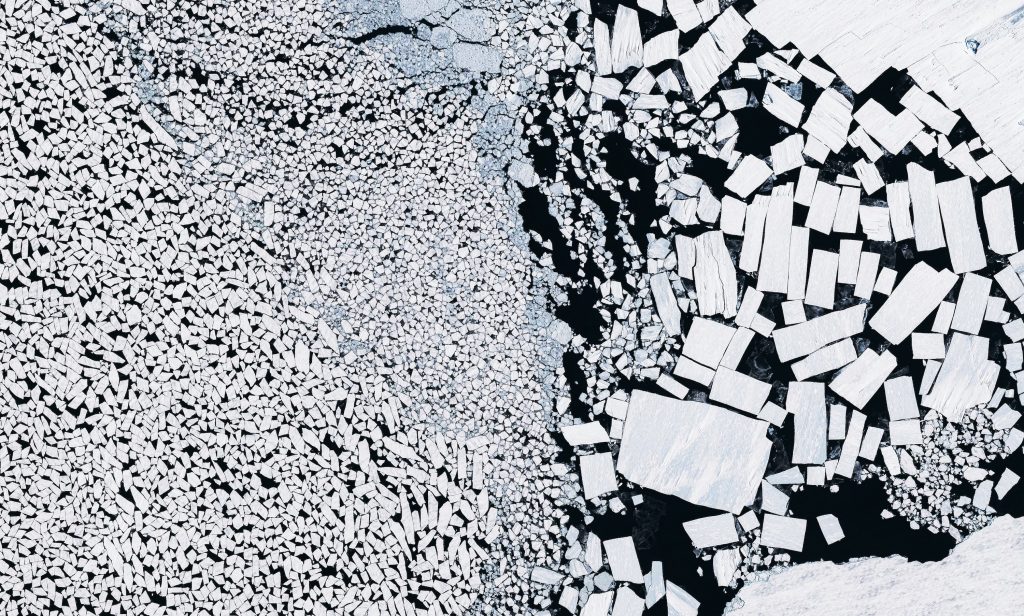
By: The Posts Author | Posted on: 14 Dec 20
Few things inspire someone to take a longer view on history than the possibility of treasure in their own backyard. With people taking to their gardens under pandemic lockdown came more than 47,000 reported archaeological finds in England and Wales. Meanwhile, the British government just announced their plans to broaden what counts as “treasure” under law, expanding the definition to include items such as Bronze Age axes, Iron Age caldrons, and medieval weapons and jewelry. Their goal: to keep priceless history out of private collections. But giving museums dibs on historical artifacts does not seem to diminish their market value
Few things inspire someone to take a longer view on history than the possibility of treasure in their own backyard. With people taking to their gardens under pandemic lockdown came more than 47,000 reported archaeological finds in England and Wales. Meanwhile, the British government just announced their plans to broaden what counts as “treasure” under law, expanding the definition to

By: The Posts Author | Posted on: 17 Nov 20
What was the biggest empire in history? The answer, writes Benjamin Plackett in Live Science, depends on whether you think in terms of fraction of living humans or number of living humans, revealing the challenges inherent in attempting to compare time periods: That’s without getting into the pros and cons of the other ways to measure size: largest land mass; largest contiguous land mass; largest army; largest gross domestic product; and so on. But one alternative would be counted in years: we should measure empires by their long-term influence and stability, according to Martin Bommas, Director of the Macquarie University
What was the biggest empire in history? The answer, writes Benjamin Plackett in Live Science, depends on whether you think in terms of fraction of living humans or number of living humans, revealing the challenges inherent in attempting to compare time periods: That’s without getting into the pros and cons of the other ways to measure size: largest land mass;

By: The Posts Author | Posted on: 17 Nov 20
What was the biggest empire in history? The answer, writes Benjamin Plackett in Live Science, depends on whether you think in terms of fraction of living humans or number of living humans, revealing the challenges inherent in attempting to compare time periods: That’s without getting into the pros and cons of the other ways to measure size: largest land mass; largest contiguous land mass; largest army; largest gross domestic product; and so on. But one alternative would be counted in years: we should measure empires by their long-term influence and stability, according to Martin Bommas, Director of the Macquarie University
What was the biggest empire in history? The answer, writes Benjamin Plackett in Live Science, depends on whether you think in terms of fraction of living humans or number of living humans, revealing the challenges inherent in attempting to compare time periods: That’s without getting into the pros and cons of the other ways to measure size: largest land mass;

By: The Posts Author | Posted on: 12 Nov 20
Antarctic Sea Ice Melt — 02019 (Source: Maxar) The Ancient Greeks had two different words fortime. The first, chronos, is time as we think of it now: marching forward, ceaselessly creating our past, present, and future. The second, kairos, is time in the opportune sense: the ideal moment to act, as captured by the phrase, “It’s time.” My work, like many other photographers, has been a dedicated search forkairos — finding that ideal confluence of place and time that helps to tell a particular story. For me, that story has focused on the manmade world. In 02013, I launched Daily Overview, which features compositions created
Antarctic Sea Ice Melt — 02019 (Source: Maxar) The Ancient Greeks had two different words fortime. The first, chronos, is time as we think of it now: marching forward, ceaselessly creating our past, present, and future. The second, kairos, is time in the opportune sense: the ideal moment to act, as captured by the phrase, “It’s time.” My work, like many other

By: The Posts Author | Posted on: 12 Nov 20
Antarctic Sea Ice Melt — 02019 (Source: Maxar) The Ancient Greeks had two different words fortime. The first, chronos, is time as we think of it now: marching forward, ceaselessly creating our past, present, and future. The second, kairos, is time in the opportune sense: the ideal moment to act, as captured by the phrase, “It’s time.” My work, like many other photographers, has been a dedicated search forkairos — finding that ideal confluence of place and time that helps to tell a particular story. For me, that story has focused on the manmade world. In 02013, I launched Daily Overview, which features compositions created
Antarctic Sea Ice Melt — 02019 (Source: Maxar) The Ancient Greeks had two different words fortime. The first, chronos, is time as we think of it now: marching forward, ceaselessly creating our past, present, and future. The second, kairos, is time in the opportune sense: the ideal moment to act, as captured by the phrase, “It’s time.” My work, like many other

By: The Posts Author | Posted on: 10 Nov 20
The following transcript has been edited for length and clarity. The Role of Mental Maps This is a map of North America. It was made by a Dutch map maker by the name of Herman Moll, working in London in 01701. I bought it on Portobello Road for about 60 pounds back in 01981. Which is to say, it’s not a particularly valuable map. But there is something unusual about it: California is depicted as an island. What’s interesting to me as a scenario planner is how the map came to be, how it was used, and how it was
The following transcript has been edited for length and clarity. The Role of Mental Maps This is a map of North America. It was made by a Dutch map maker by the name of Herman Moll, working in London in 01701. I bought it on Portobello Road for about 60 pounds back in 01981. Which is to say, it’s not

By: The Posts Author | Posted on: 6 Nov 20
In an article in Forbes, David Bressan writes that the giant rift in the USA’s political voting blocs is in part a consequence of collisions between continental plates, the literal giant rift that used to separate the two halves of North America, and recent glacial activity: The same region that had once been covered in ocean water, leading to the fertile Black Belt, was almost an exact replica of the districts that had voted for Clinton. The rich coal fields in Ohio, West Virginia, Pennsylvania and Maryland formed as a result of two continents colliding some 300 million years ago.
In an article in Forbes, David Bressan writes that the giant rift in the USA’s political voting blocs is in part a consequence of collisions between continental plates, the literal giant rift that used to separate the two halves of North America, and recent glacial activity: The same region that had once been covered in ocean water, leading to the

By: The Posts Author | Posted on: 27 Oct 20
Once again on the theme of how the technological/cultural pace layer’s accelerating decoupling from the ecological pace layer in which we evolved poses serious risks to the integrity of both the human body and biosphere: When daycare workers in Finland rolled out a lawn, planted forest undergrowth such as dwarf heather and blueberries, and allowed children to care for crops in planter boxes, the diversity of microbes in the guts and on the skin of young kids appeared healthier in a very short space of time.Compared to other city kids who play in standard urban daycares with yards of pavement,
Once again on the theme of how the technological/cultural pace layer’s accelerating decoupling from the ecological pace layer in which we evolved poses serious risks to the integrity of both the human body and biosphere: When daycare workers in Finland rolled out a lawn, planted forest undergrowth such as dwarf heather and blueberries, and allowed children to care for crops

By: The Posts Author | Posted on: 26 Oct 20
Inside Finland’s Olkiluoto nuclear waste repository, 1,500 feet underground. Photo Credit: Peter Guenzel With half-lives ranging from 30 to 24,000, or even 16 million years, the radioactive elements in nuclear waste defy our typical operating time frames. The questions around nuclear waste storage — how to keep it safe from those who might wish to weaponize it, where to store it, by what methods, for how long, and with what markings, if any, to warn humans who might stumble upon it thousands of years in the future — require long-term thinking. These questions brought the anthropologist Vincent Ialenti to Finland’s Olkiluoto nuclear waste repository in
Inside Finland’s Olkiluoto nuclear waste repository, 1,500 feet underground. Photo Credit: Peter Guenzel With half-lives ranging from 30 to 24,000, or even 16 million years, the radioactive elements in nuclear waste defy our typical operating time frames. The questions around nuclear waste storage — how to keep it safe from those who might wish to weaponize it, where to store it, by what

By: The Posts Author | Posted on: 21 Oct 20
The following transcript has been edited for length and clarity. I want to lead you through some of the research that I’ve been doing on a meta-level around long-lived institutions, as well as some observations of the ways various systems have lasted for hundreds of thousands of years. Long Now as a Long-lived Institution This is one of the early projects I worked with Stewart Brand on at Long Now. We were trying to define our problem space and explore the ways we think on different timescales. Generally, companies are working in the “nowadays,” although that’s been shortening to some
The following transcript has been edited for length and clarity. I want to lead you through some of the research that I’ve been doing on a meta-level around long-lived institutions, as well as some observations of the ways various systems have lasted for hundreds of thousands of years. Long Now as a Long-lived Institution This is one of the early







